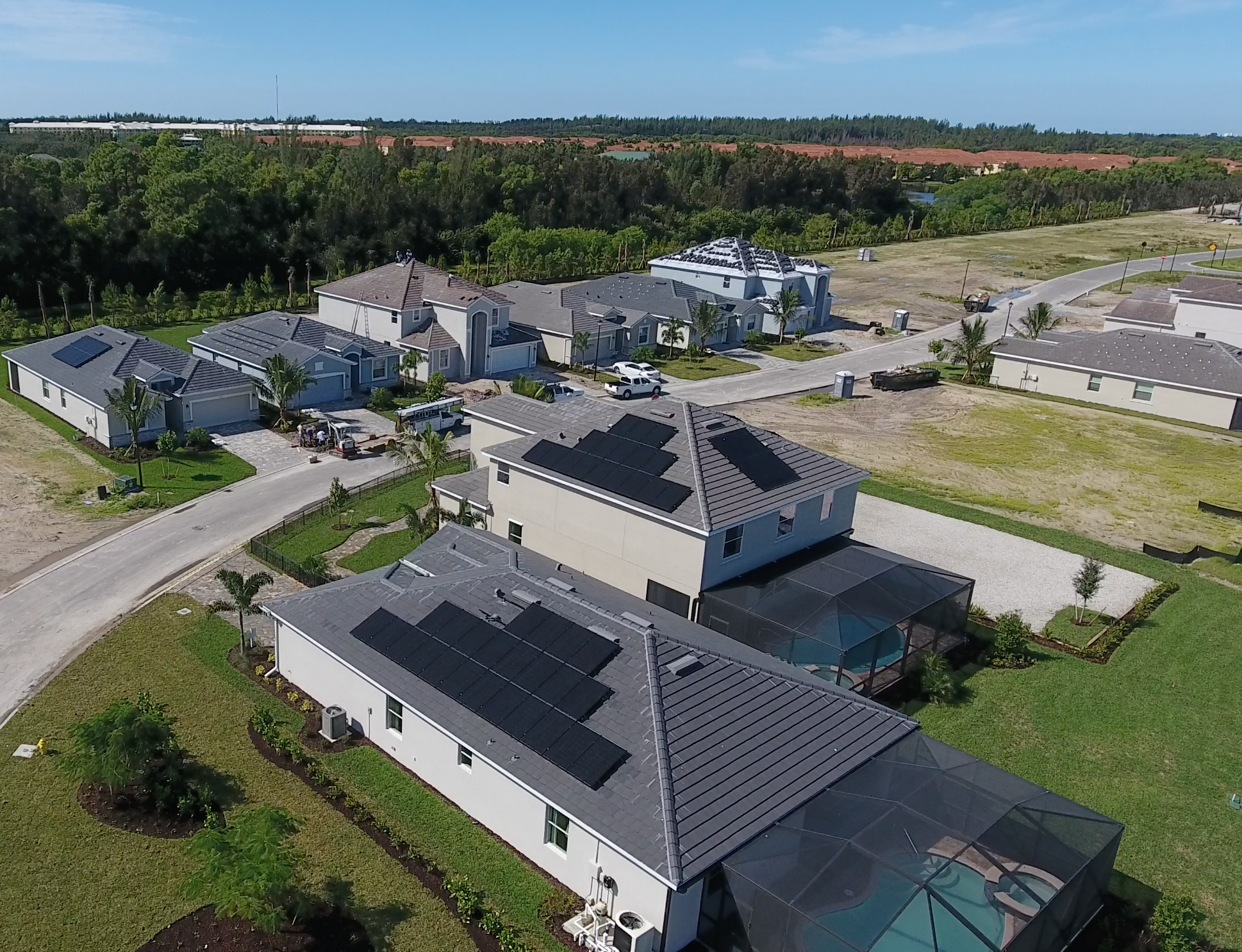Net Zero Communities are developments or pilots that have been actively piloted in various parts of the world, but still today the value prop of buying a net zero home hasn’t been fully developed. What can we make from these projects and how does a Net Zero home play into the larger grid modernization and carbon reduction efforts we see in the world today.
The reason Net Zero homes haven’t taken off is because they tend to be significantly more expensive to build. This is because it requires a mix of microgrid load sharing technology and heavy weatherization of each home to reduce heating and cooling costs.
Weatherization Is The Biggest Takeaway
If you have spent more than a few months in the energy industry you probably know about heat pumps and the push to move people towards more efficient heating and cooling solutions. However, a lot of the savings in heating and cooling don’t come from upgrading to a new furnace or switching to a heat pump. In order to keep costs down in these Net Zero homes proper insulation and intelligent thermal design is taken into account to heat and cool each property based on where it is being built.
Imagine if a home, when being designed or upgraded would consider heating and cooling temperature patterns throughout the year to ensure as much natural heat would be used and vice versa. In turn reducing the overall load our HVAC systems would put on the grid.
Savings is Interesting but Not Enough
We see this with everything, a sale for a product you were planning to buy might help you choose one company over the other, but when it comes to buying a home the mass market isn’t looking at a potential $900/year savings on utilities that pushes them over the edge. A home is so much more than a utility bill, just ask any real estate agent.
Home First Grid Design
We looked at three net zero energy communities in the US that are going on to determine how offsetting what you consuming might help in our larger push towards grid modernization. Taking the approach of optimizing energy usage at the point of the home makes the most monetary sense from a utilities provider perspective. It provides more failure points for sure, but delivers higher quality service. Software can help manage or reduce the number of faults as well.
If you are interested here are the three net zero communities we looked at:
- Living Zenith, Utah
- Kaupuni Village, Hawaii
- Red Fox Crossing, Wisconsin
About The Author

Swarnav has over 10 years of experience in the energy & climate tech space, holds 2 patents and is active in the tech, climate and media industries. He specializes in Product/Product Innovation as well as Go-To-Market and Growth Strategy.
By training he’s a Materials Engineer with a background in research from his time at Georgia Tech and University of Illinois (UIUC).
He founded TouchLight a utility backed energy company focused on developing IP for utilities and startups pushing electrification forward. He also serves as the appointed Chairman for the Town of Yorktown’s Climate Smart Communities Task Force, where he helps with drafting legislation and enabling sustainability efforts within the town.
Concurrently, Swarnav founded The Impact to help investors, emerging founders and driven climate enthusiasts discover and identify new climate-tech startups, technologies and opportunities before they hit the traditional media sources.

